I had some broked LED flashlights and I thought of using components from them.
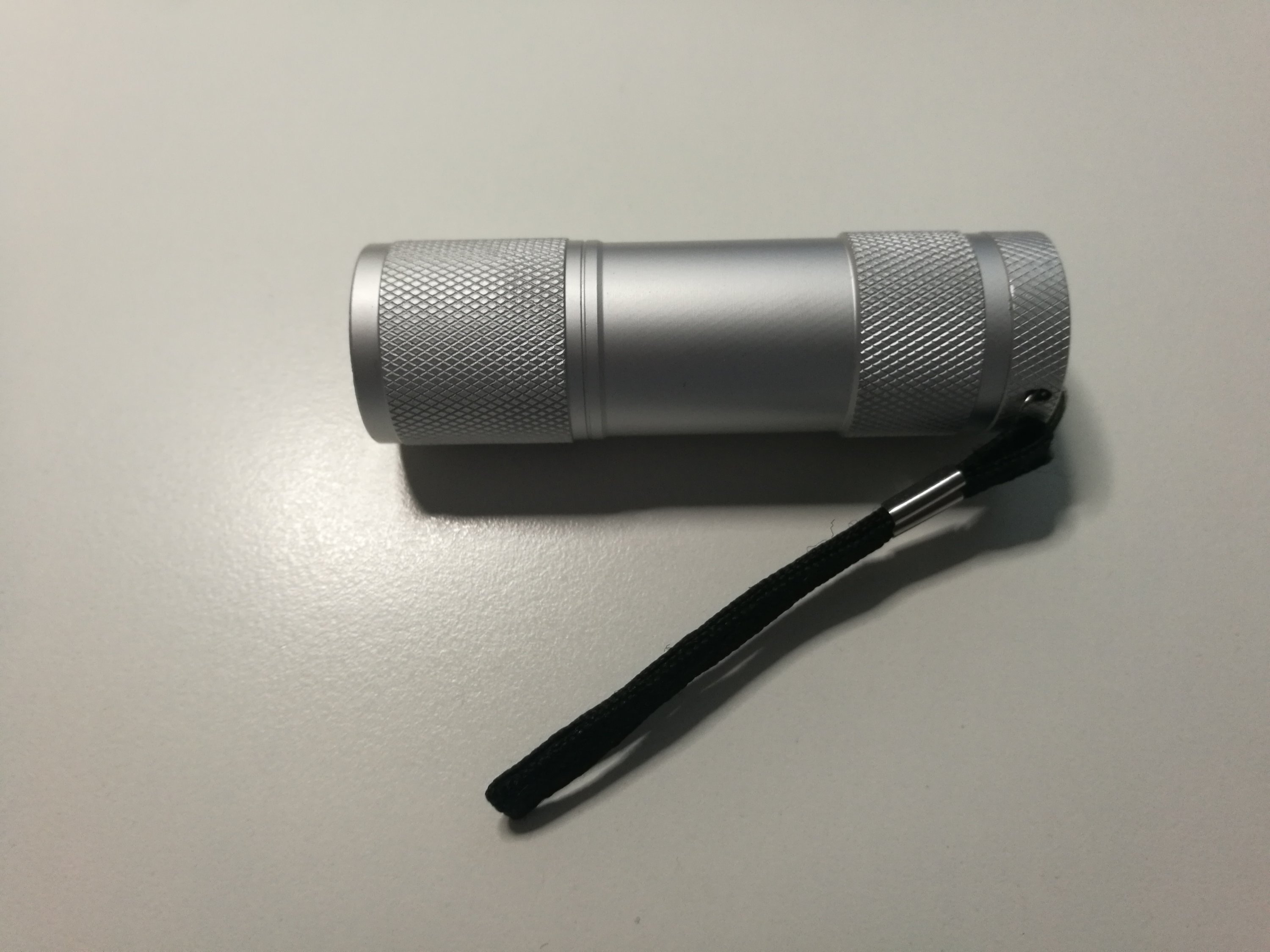
Especially the compact battery holder that takes three AAA batteries looks useful in other small projects.
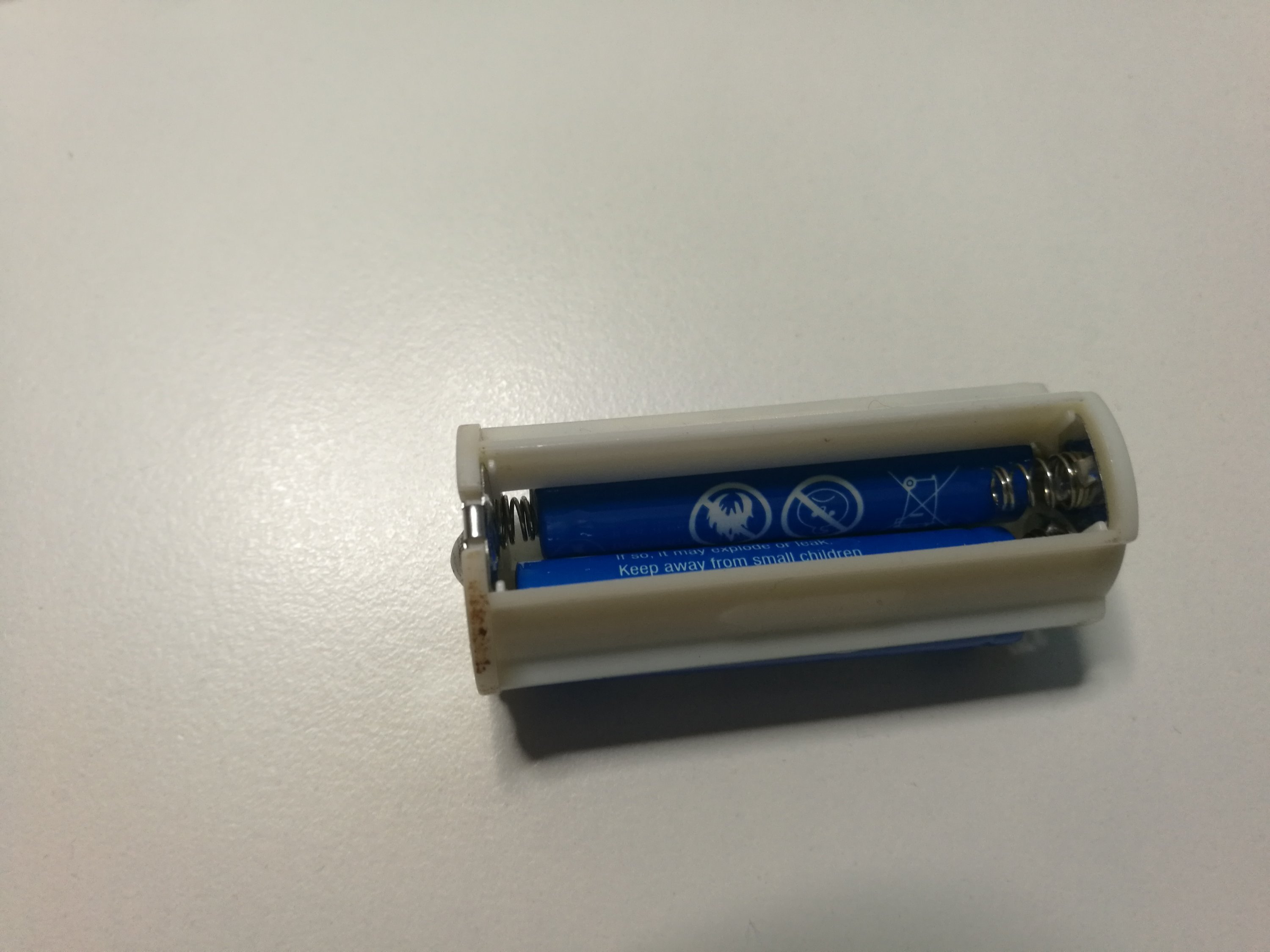
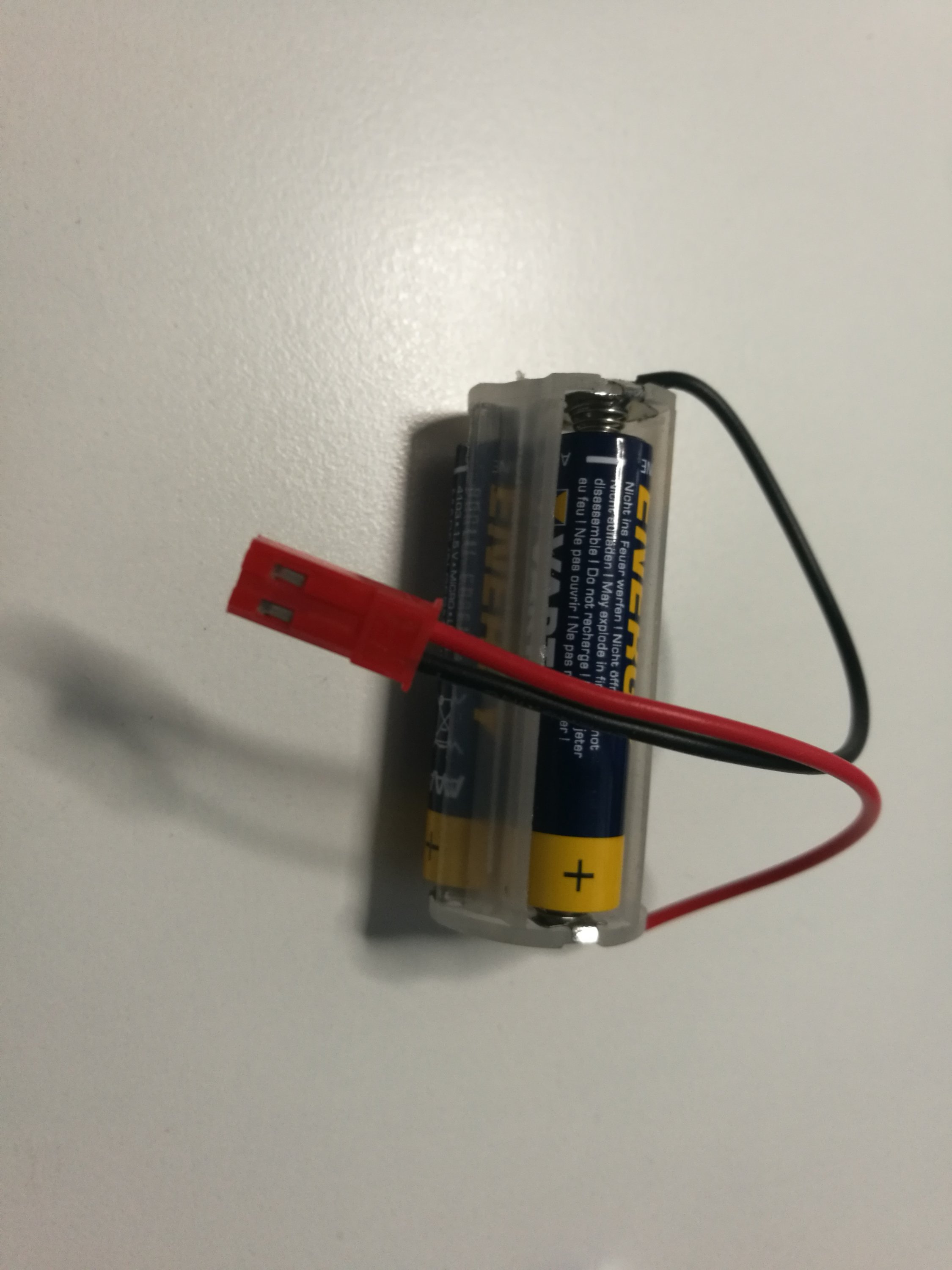
Those worked OK when lightly loaded. But when I started taking current for a small motor, I could not get acceptable power out of them.
Some measurements showed that when load current is increased, the output voltage drops considerably. It looks like there would be almost two ohms of series resistace inside the battery holder!
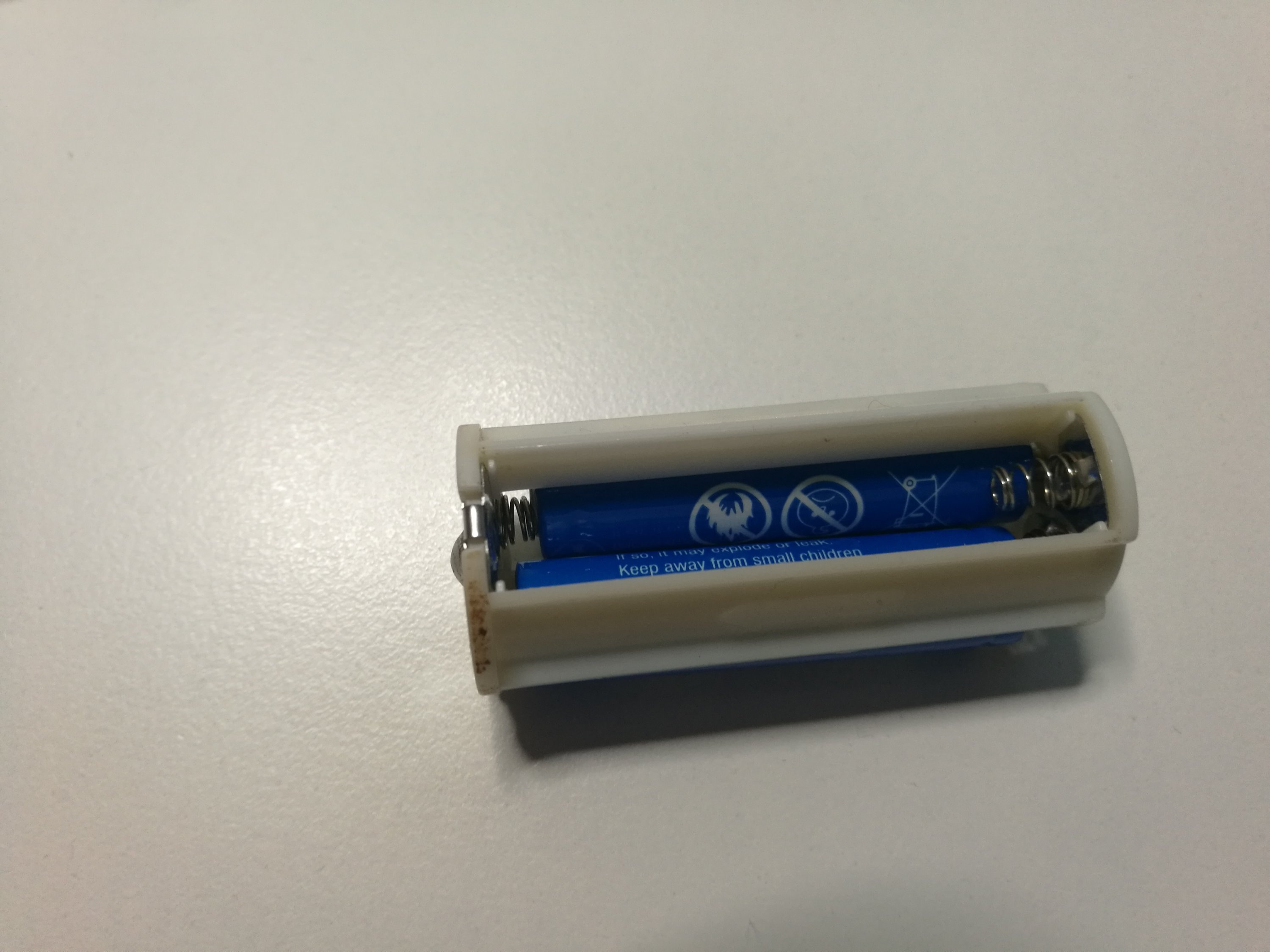
Investication revealed that each spring made of thin wire on the battery pack had around 0.5 ohms resistace. Three springs and some more thin metal makes almost two ohms.
Was this resistance because of extreme material cost saving? Or is it intentional distributed series resistance uses as part of simple LED current limited circuitry?
I can’t say for sure. But it can work as such series resistor. I could wire a 3W UV LED just directly to the battery pack output and get reasonable amout of light. The LED directly wired got slightly less than 1W power with the batteries I had as with somewhat used batteries current was around 200 mA. With brand new batteries current was around 300-350 mA, that is right for 1W LED.
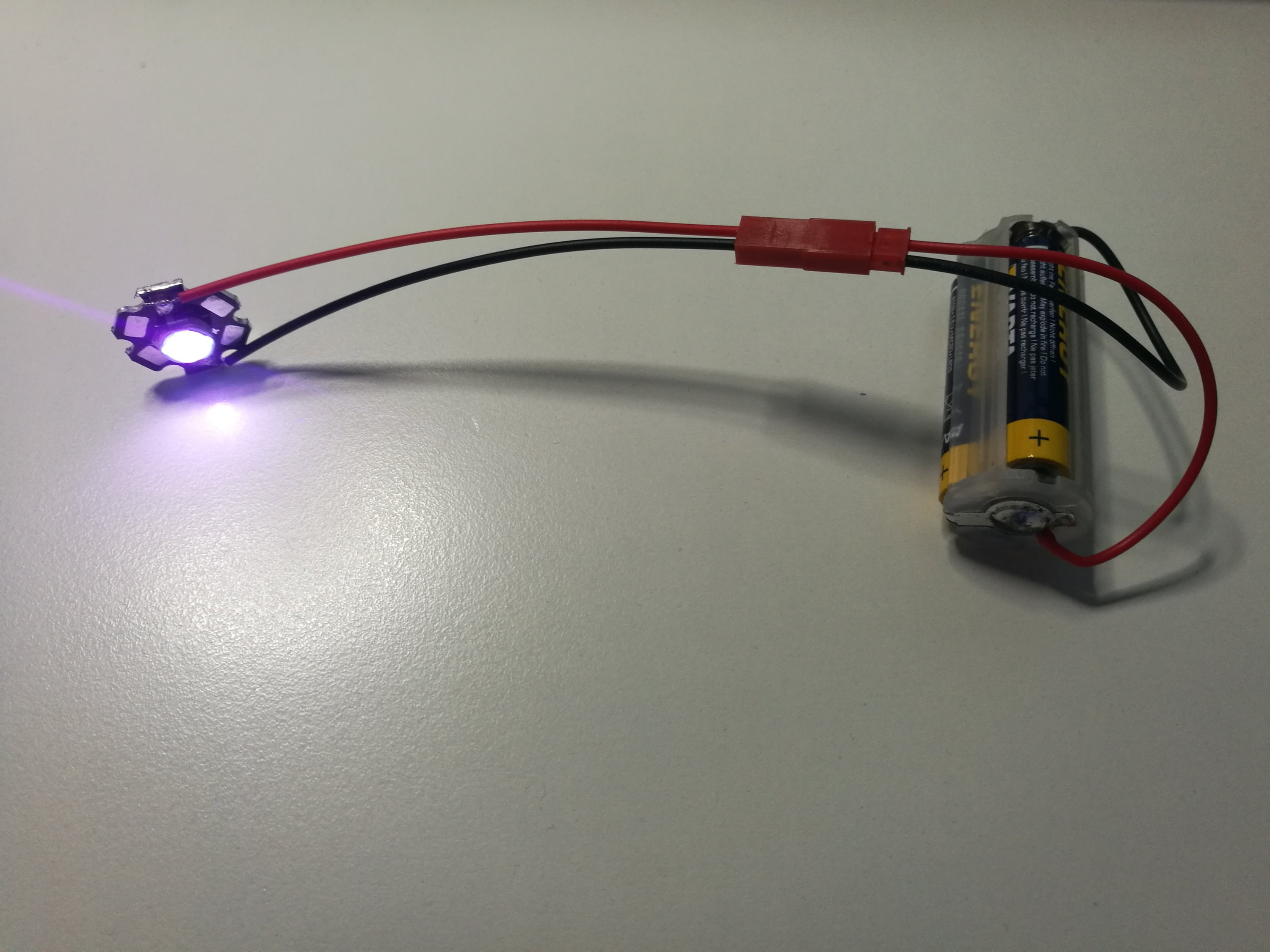
End of test.
2 Comments
Larry I Morrison says:
Most of the resistance is in the springs. steel springs are cheap to produce. One of the first things serious flashlight modders do is to by pass the springs with copper wire to to increase current flow.
Tomi Engdahl says:
9v Battery Impedance
Measuring the Characteristics of Depleted Cells
http://www.muzique.com/lab/batteryz.htm